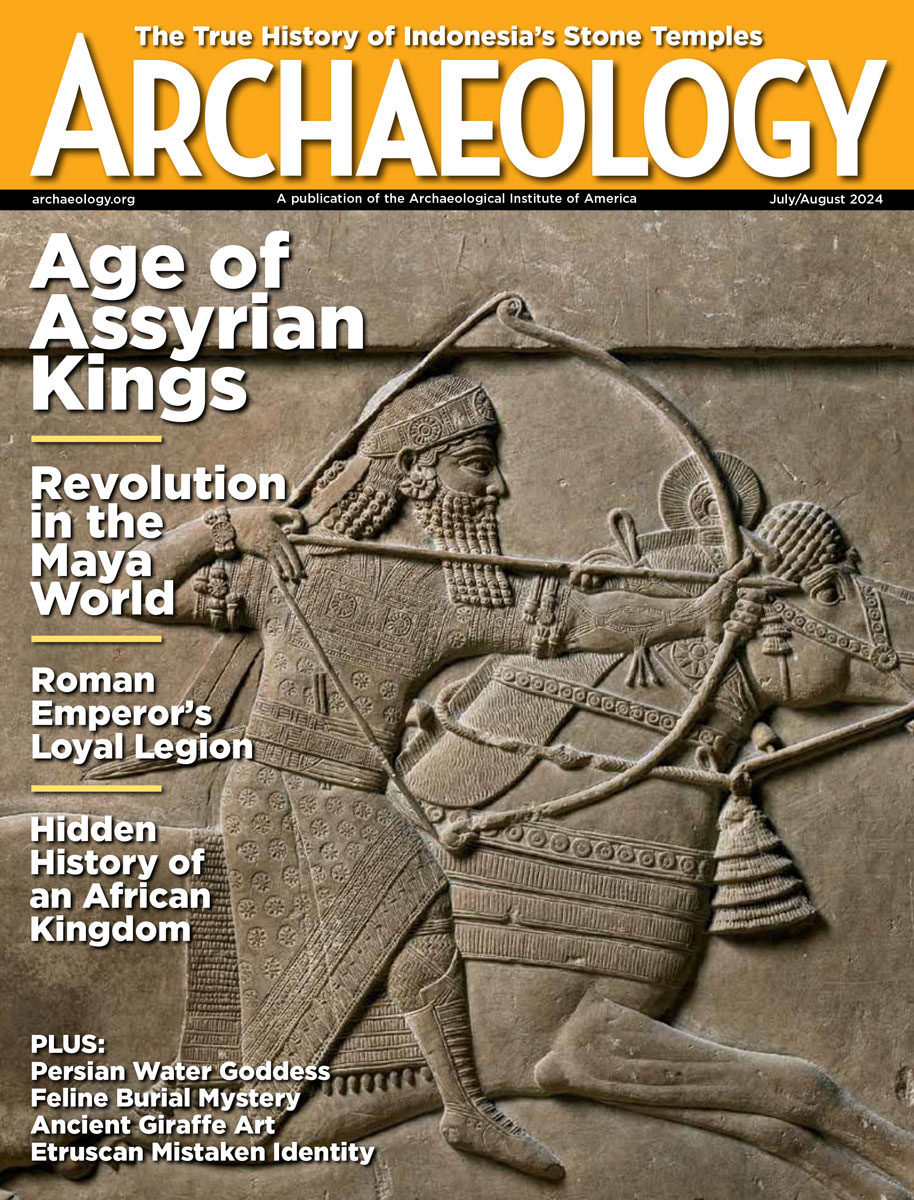Wednesday, March 4
March 4, 2009
A large Harappan cemetery has been found in India, near Delhi. Scientists will attempt to extract DNA from the bones of the 73 skeletons.  More information on the Harappan village near the cemetery can be found in The Times of India.
Two buildings linked to commercial smelting in the third century A.D. were unearthed in Malaysia’s Bujang Valley. Temples had been the only buildings found at the site. “This finding is solid proof that the prehistoric civilization depended on basic knowledge, trade, and large-scale industrial production,” said Tan Sri Dzulkifli Abdul Razak of the university that sponsored the dig. Â
Chimpanzees in the Goualougo Triangle, a lowland forest in the Nouabale-Ndoki National Park in the Republic of Congo, modify their termite-fishing tools during use, in order to maximize the catch. “They have invented a way to improve their termite-fishing technique,” said Crickette Sanz of the Max Planck Institute of Evolutionary Anthropology. Â
Political maneuvering derailed plans to preserve the 3,000-year-old American Indian farming site discovered in Draper, Utah. Now the site could be developed as a transit hub surrounded by a commercial and residential village. Â
Urbanization also threatens Ninevah, Iraq’s ancient Assyrian city, located near Mosul. “There are new houses going up and you can see that even as you drive through,” said Suzanne Bott, a conservation expert with the U.S. State Department’s Provincial Reconstruction Team in Ninevah. Digging water lines and sewer lines with deeper foundations causes the most damage.
- Comments Off on Wednesday, March 4









